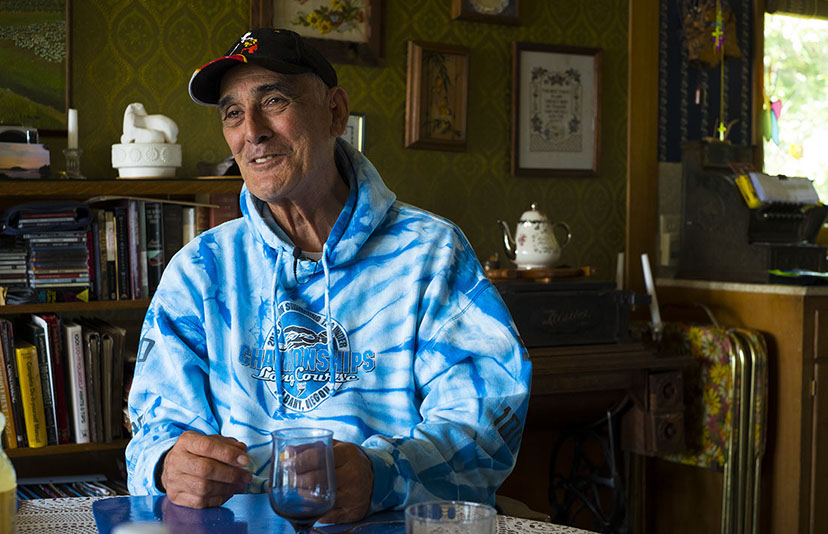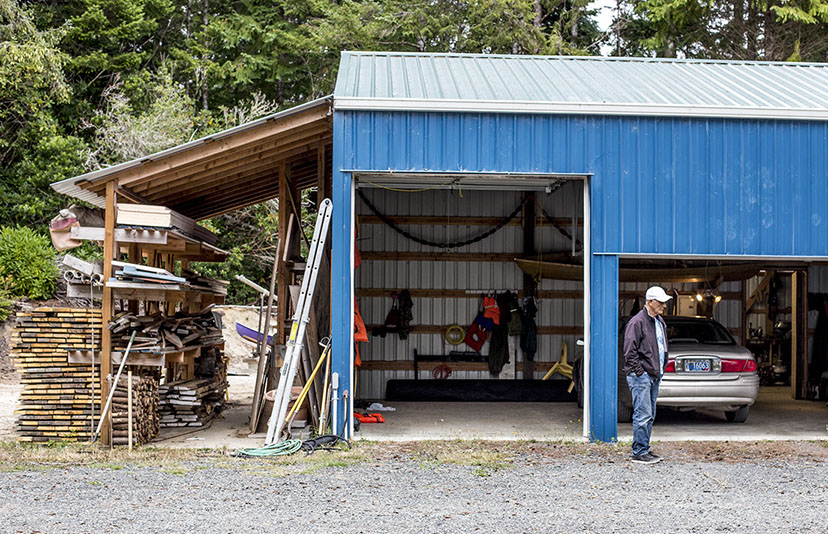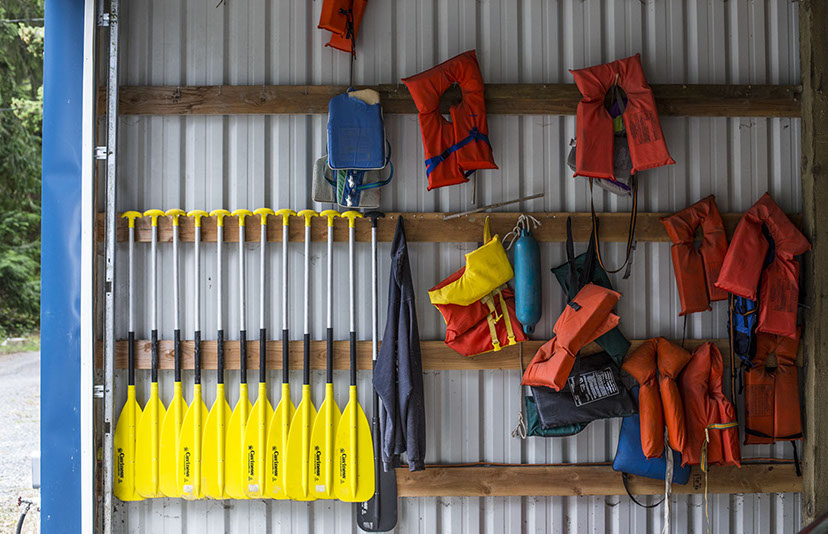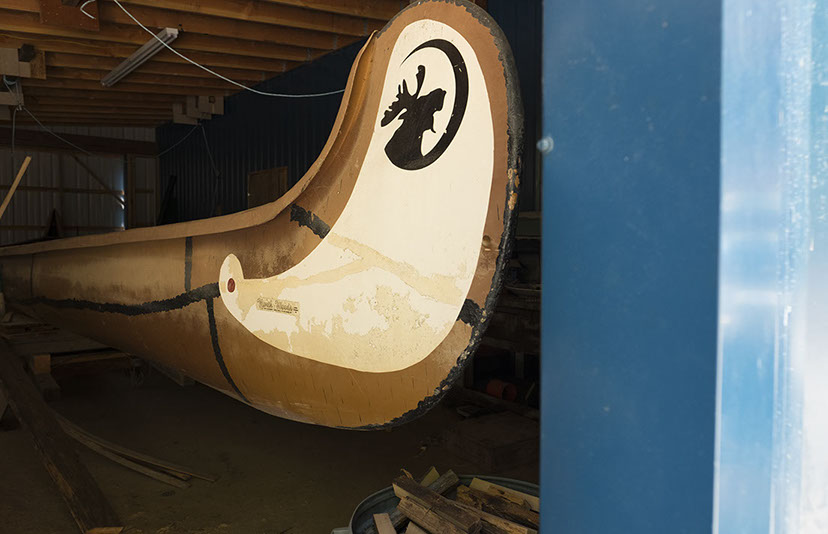



Among the 22 major estuaries along the Oregon Coast, Tom Younker has made the South Slough Estuary home for over 75 years. Growing up around the water, his only restriction was his mother's words telling him to not "go north of the bridge". The Slough was the playground in which Younker spent his days. In the early mornings Younker would take his row boat out by himself onto the incoming tide and kept his dog on his lap to look behind him. His grandmother lived not far from his own home, near the lighthouse and would often make the trip for early morning sourdough pancakes after time spent on the water. Younker remembers spending many late nights fishing with his father on the slough, watching the salmon take off in the moonlight and then cooking their fresh finds in the smokehouse on their property.
Younker understands the importance of preserving the land. Younker has watched the landscape of his youth change. He has witnessed the efforts of what the National Estuarine Research Reserve System (NERRS) has done to help the slough reclaim it's once prosperous landscape.






<
>
4 - 5
Tom Younker, a retired physical education teacher, Coquille tribal member, and climate change advocate, shares his stories about the changes in fish populations living in the estuary from when he was younger.
Situated along the front of his property and on the bank of the South Slough Estuary, Younker explains the importance of the mudflats and salt marshes in the ecosystem. During low tide the estuary is exposed as mudflats. The salt marshes and mudflats create and deposit nutrient sediments that sustain many organisms in the food chain.
Younker built an additional garage on his property to house extra storage and the space to create a traditional Coquille tribal canoe.
Having spent most of his life near the water himself, Younker continues to encouraged his children and grandchildren to spend time on the water.
Younker would like to donate two canoes to the National Estuarine Research Reserve System (NERRS) on the South Slough Estuary that can be used by young students to learn about the importance of the environment and global warming.